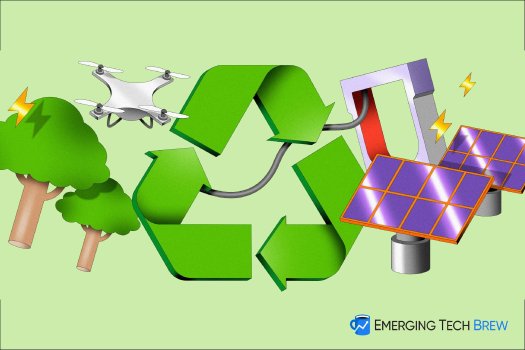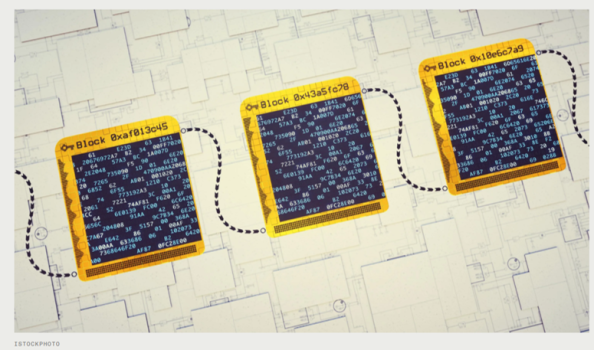Use of blockchain technology could increase human trust in AI
- Technology Solutions
- 0 Replies
AI is a new generation technology where machines and information systems demonstrate a form of intelligence that simulates the natural intelligence of human beings in interacting with the environment. However, the success of any AI-based system also depends on the trust displayed by the beneficiaries on AI technology, besides other factors. Data, models, and analytics are the three key components of AI technology. One can decentralize these three key components using blockchain technology, and it will undoubtedly enhance the end users’ trust and confidence levels in AI-based systems.
Understanding key characteristics of blockchain technology
Seemingly, blockchain technology promises to solve many problems. However, a lot has yet to be explored as the global blockchain adoption will increase significantly in time to come. As per a Statista forecast, the global blockchain technology revenues are expected to soar to more than $39 billion by 2025.
The key characteristics of blockchain technology that make it so popular and appealing are:
Understanding key characteristics of blockchain technology
Seemingly, blockchain technology promises to solve many problems. However, a lot has yet to be explored as the global blockchain adoption will increase significantly in time to come. As per a Statista forecast, the global blockchain technology revenues are expected to soar to more than $39 billion by 2025.
The key characteristics of blockchain technology that make it so popular and appealing are:
- Decentralized technology: There is no central authority to monitor the network, unlike the traditional banking system. Authentication and authorization of transactions can take place without the help of any single ruling power.
- Distributed ledgers: Instead of storing data in a central repository, it is synchronized, shared, and recorded in various nodes in a shared infrastructure.
- Consensus-based: Any transaction in the blockchain network is executed when all pertinent network nodes agree on the transaction.
- Immutability & security: In the Blockchain network, a transaction, once recorded, cannot be altered by anyone at any time. Hashing is irreversible in the case of Blockchain, which makes the technology highly secure.

























